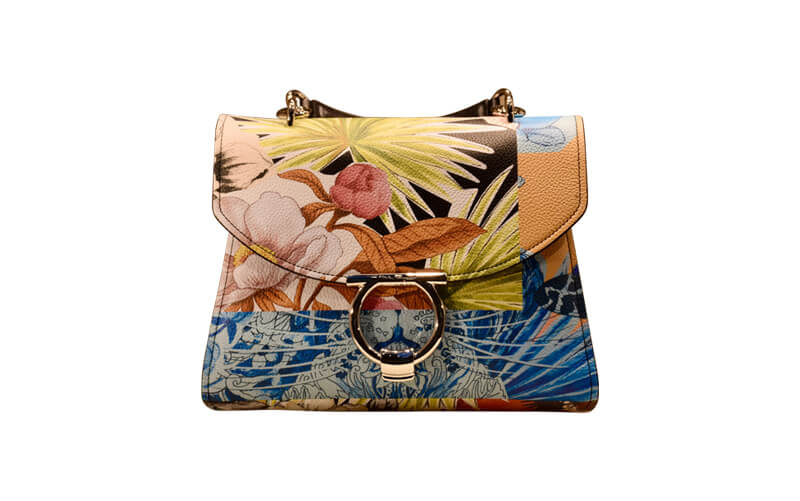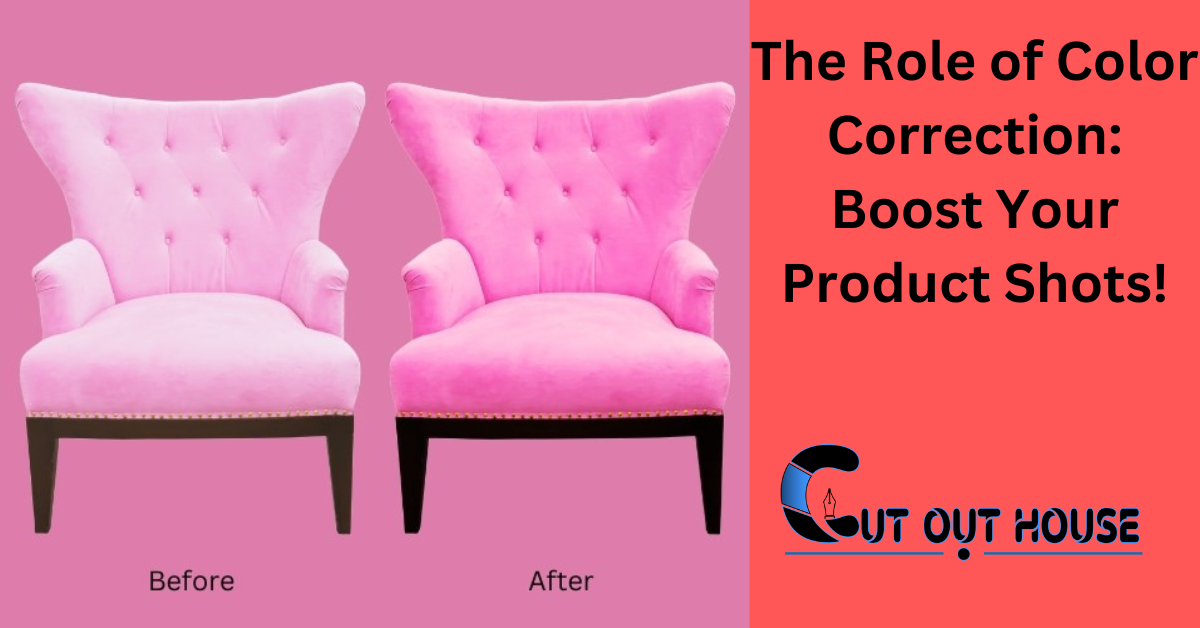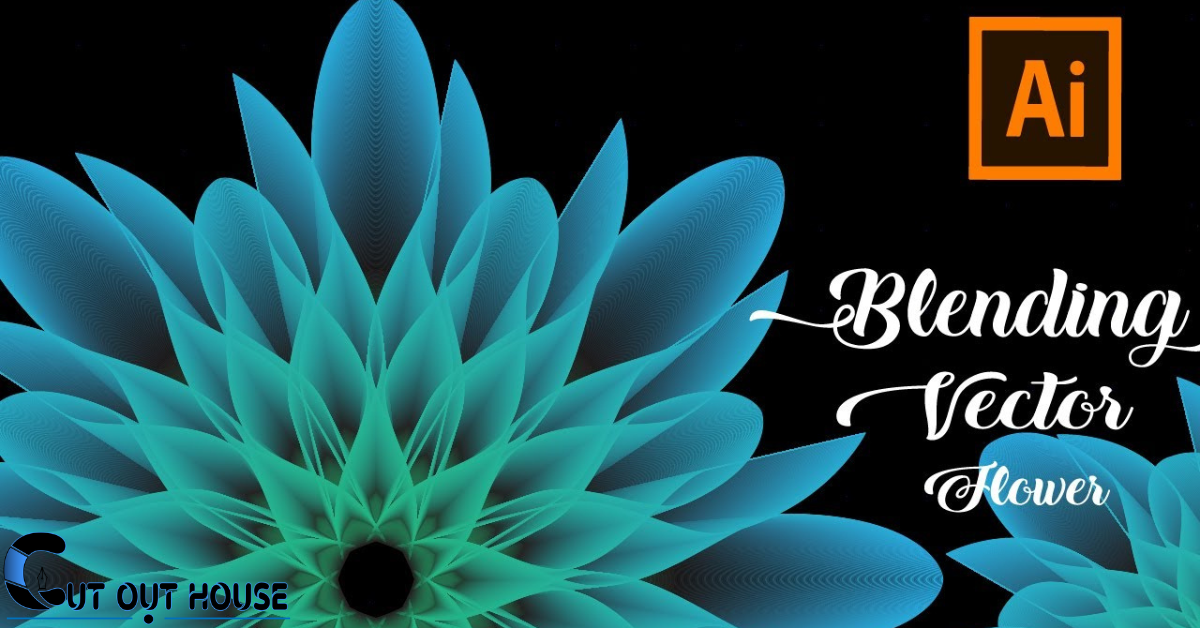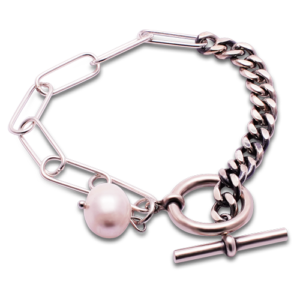The role of color correction is crucial in product photography for enhancing visual appeal, accuracy, and consistency. It improves image quality for various purposes.
Color correction unifies footage by matching hues and tones to create a cohesive look. It influences human behavior, evokes feelings, and impacts reactions. Color balance affects composition and visual element weight, making it a vital aspect of photography. By adjusting highlights, mid-tones, and saturation, color correction enhances the overall image quality and ensures consistency across marketing channels.
This technical process plays a significant role in achieving high-quality product photography results.
The Impact Of Color On Consumer Perception
Color correction in product photography plays a crucial role in influencing consumer perception through the impact of colors. By adjusting and enhancing the colors in product images, businesses can evoke specific emotions and create a more appealing visual experience for potential customers.
This process ensures that the colors accurately represent the product and align with the brand’s identity, ultimately influencing purchasing decisions.
| Color correction in product photography is crucial for enhancing visual appeal, accuracy, and consistency. It unifies footage by fixing color issues and matching hues realistically. Color influences consumer behavior, evokes emotions, and impacts reactions. The psychology of colors plays a significant role in creating initial impressions and guiding consumer perceptions. Adjusting highlights, mid-tones, and saturation levels, desaturating shadows, and using color grading techniques are essential for achieving desired results in product photography. Understanding the role and purpose of color correction is key to producing high-quality images that resonate with the target audience. |
Color Correction Defined
Color Correction Defined: Color correction is the process of adjusting and enhancing the colors in an image to achieve accurate and natural tones. It involves correcting white balance, exposure, and color inconsistencies using various tools such as curves adjustment, hue/saturation, and split toning.
Basics and Tools: Understanding color theory, primary and secondary colors, and the use of histograms and waveform graphs are essential basics. Tools like Lightroom, Photoshop, and specialized color correction software are commonly used for this purpose.
Color Correction vs. Color Grading: While color correction focuses on achieving natural and accurate colors, color grading involves giving a specific look or style to the image, often for creative or artistic purposes.
The Necessity Of Color Accuracy In E-commerce
The necessity of color accuracy in e-commerce cannot be overstated. Customer trust is heavily influenced by the consistency across platforms. When customers see product images with consistent and accurate colors across various devices, they are more likely to trust the quality and authenticity of the products. This trust directly impacts their purchasing decisions, making color correction a crucial aspect of product photography for e-commerce businesses.
Technical Aspects Of Color Correction
Enhancing product photography through color correction is vital for visual appeal and consistency. By adjusting hues and tones, color correction ensures accuracy and improves overall image quality, making products stand out effectively.
| Technical Aspects of Color Correction |
| Color correction is an essential technical process in product photography that involves fixing issues with the color of the images. One of the ways to achieve accurate colors is by working with histograms. Histograms are graphical representations of the tonal distribution in an image. By analyzing the histogram, you can adjust the highlights and shadows of the image to balance them. Balancing the highlights and shadows is important because it helps to avoid the loss of details in the bright and dark areas of the image. This process is crucial in product photography because it helps to ensure that the colors of the product are represented accurately. |
Enhancing Product Shots With Correct Colors
Color correction is an essential part of product photography. It improves the visual appeal, accuracy, and consistency of your photographs. Saturation adjustments and selective color changes are two techniques that can enhance your product shots with correct colors. Saturation adjustments can help make the colors in your photos more vibrant and vivid. Selective color changes can be used to emphasize certain colors in your product shots. For example, you can make the color of the product stand out by desaturating the background. When performing color correction, it is important to use the right post-processing software and to adjust the highlights and mid-tones of your images. By following these techniques, you can achieve accurate colors in your product photography.
Color Correction Workflow For Product Photography
Color correction is crucial in product photography to enhance visual appeal, accuracy, and consistency. It plays a significant role in improving image quality for various purposes. Whether you choose to edit images yourself or hire an expert, photo color correction unifies footage and ensures that colors match real-life hues and tones. In Lightroom, creating a profile and applying presets are essential steps in the color correction workflow. By adjusting highlights, mid-tones, and saturation, while desaturating shadows, you can achieve the desired color balance. Additionally, using waveform and histogram graphs, specific color grades, masks, and vignettes, along with the right post-processing software, contribute to effective color correction in product photography.
Advanced Techniques In Color Correction
The Role of Color Correction in Product Photography
Color correction is essential in product photography to ensure visual appeal, accuracy, and consistency. It unifies footage and fixes color issues, matching hues and tones in the real world. Additionally, color influences human behavior and emotions, playing a significant role in composition and balance. To achieve accurate colors, techniques such as split toning, using masks, and vignettes are employed. These techniques help in adjusting highlights, mid-tones, and saturation, desaturating shadows, and choosing specific color grades for stylistic emphasis. The right post-processing software is crucial for effective color correction in product photography.
Choosing The Right Post-processing Software
Enhance your product photography with precise color correction. Choose the right post-processing software to ensure visual accuracy and consistency, elevating the overall quality of your images. Mastering color correction is essential for impactful and appealing product visuals.
| Software Options | Considerations for Selecting |
| 1. Adobe Photoshop | – Versatile tool for color correction and editing. |
| 2. Lightroom | – Great for batch processing and organizing photos. |
| 3. Capture One | – Known for its exceptional color grading capabilities. |
When selecting a post-processing software, consider factors like ease of use, available features, and compatibility with your workflow. Ensure the software provides tools for precise color adjustments and supports your image file formats. Experiment with different options to find the software that best suits your needs. Remember, the right software can make a significant difference in achieving accurate and appealing colors in your product photography.
Real-world Applications And Case Studies
Color correction is crucial in product photography as it enhances visual appeal, accuracy, and consistency. It plays a significant role in improving the overall quality of images. By adjusting highlights, mid-tones, and saturation, color correction unifies footage and evokes desired emotions, making it an essential aspect of photography.
| Color correction enhances visual appeal and image consistency. |
| It is vital for improving the overall quality of product photos. |
| Accurate colors are crucial for attracting customers and maintaining brand image. |
| Professional color correction ensures images are visually appealing and consistent. |
| Success Stories: |
| Before and After Comparisons: Color correction transforms dull photos into vibrant images. |
| Real-world Applications: Case studies highlight the impact of color correction on product photography. |
Tips For Diy Color Correction
Color correction plays a crucial role in product photography. It allows you to enhance visual appeal, accuracy, and consistency. Whether you choose to edit images yourself or hire a professional, understanding the basics is important. Learning from tutorials can help you grasp basic adjustments such as fixing color issues and matching tones. Additionally, understanding primary and secondary colors and using tools like curves adjustment and hue/saturation can make a significant difference. Color correction unifies footage and influences human behavior, making it a vital aspect of photography. Utilizing the right software and techniques for highlight and mid-tone adjustments, saturation control, and color grading can elevate the overall quality of product images.
Hiring A Professional For Color Correction
Enhance the visual appeal and accuracy of product photography with professional color correction services. By adjusting hues and tones, color correction ensures consistency and quality in images, making them more appealing to potential customers. Hiring a professional for color correction can elevate the overall impact of your product photography.
| Hiring a Professional for Color Correction |
| When to Hire |
| Consider hiring a professional for accurate color correction results. Professionals can ensure consistency and visual appeal in product photography. They offer expertise in color adjustments and enhancements. |
| What to Look for in a Professional |
| Look for experience in color correction and photography. Ensure they use advanced tools like Lightroom for precise adjustments. Communication is key for conveying specific color requirements. |
Future Trends In Color Correction
| Color correction enhances visual appeal, accuracy, and consistency of images for various purposes. It is essential in photography to unify footage and match hues and tones realistically. Technological advancements have revolutionized color correction processes, impacting E-commerce. Color correction software and tools have evolved to streamline editing workflows and ensure optimal results. The future of color correction lies in AI-powered solutions that offer efficient and precise color adjustments. These advancements are reshaping the way product photography is approached, leading to enhanced visual content that captivates online consumers. |
Frequently Asked Questions
Why Is Color Correction Important In Photography?
Color correction is crucial in photography to improve visual appeal, accuracy, and consistency. It plays a significant role in enhancing the overall quality of images for various purposes. Color correction unifies the footage by fixing issues with the color of the footage so that it matches how hues and tones appear in the world.
The goal of this technical process is also to match the colors between each of your video clips so that they are unified.
What Is The Role Of Color Correction?
Color correction is essential in product photography because it improves the visual appeal, accuracy, and consistency of images. It involves fixing issues with color to match the hues and tones in the real world and unify the footage. Color influences human behavior, and proper color correction plays a significant role in composition, balance, and weight of visual elements.
It is vital for accurate and consistent product representation in various marketing channels.
What Is The Role And Purpose Of Color In Photography?
Color in photography enhances visual appeal, accuracy, and influences emotions, playing a vital role in composition and balance.
What Is Colour Correction In Photos?
Colour correction in photos involves adjusting the highlights, mid-tones, and shadows to enhance visual appeal and accuracy. It also includes using graphs, specific color grading, and post-processing software for stylistic emphasis. This process ensures accurate and consistent colors for various marketing channels.
Conclusion
Color correction is vital for enhancing the visual appeal and accuracy of product photography. It unifies the colors, ensuring consistency and improving overall quality. By understanding the role of color correction, photographers can evoke specific emotions and influence consumer behavior through their images.
Whether editing independently or seeking professional assistance, mastering color correction techniques is essential for impactful product photography.


























